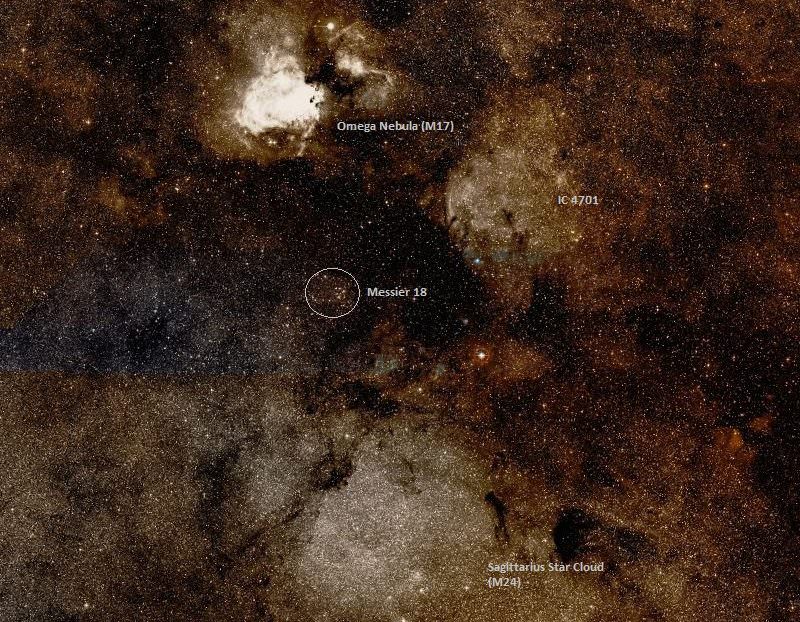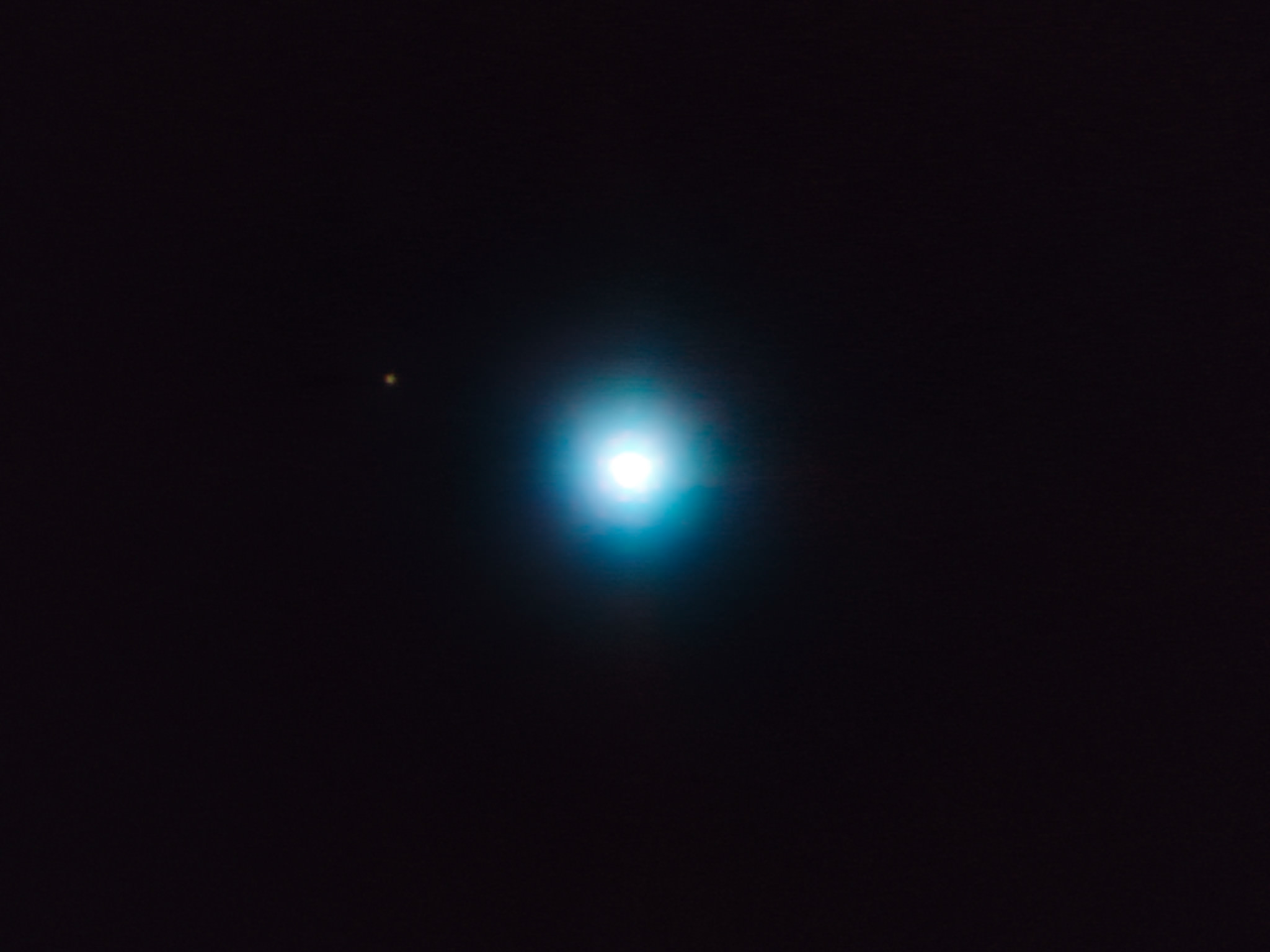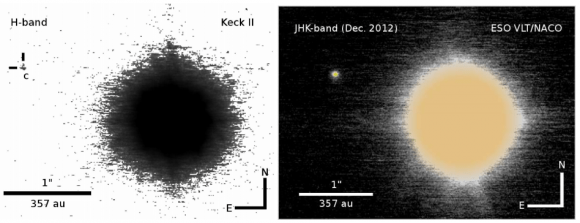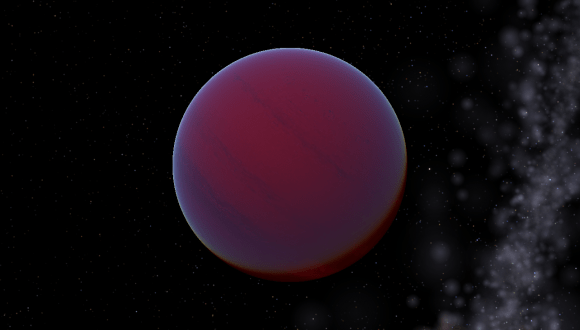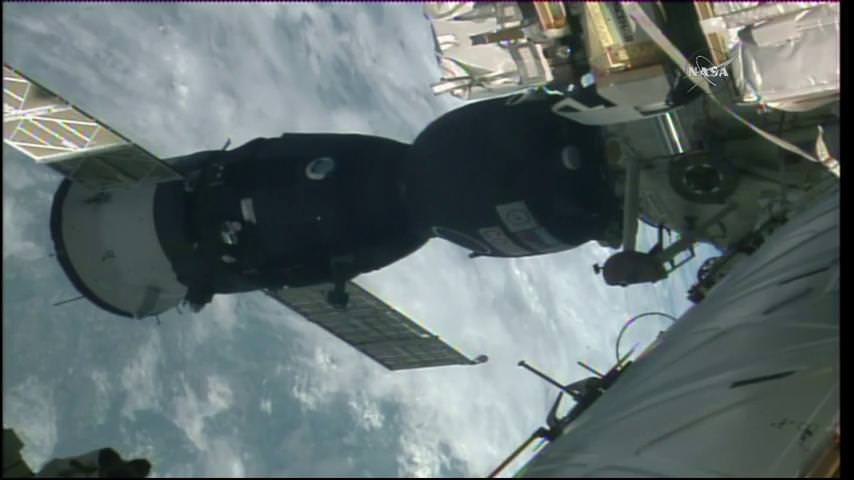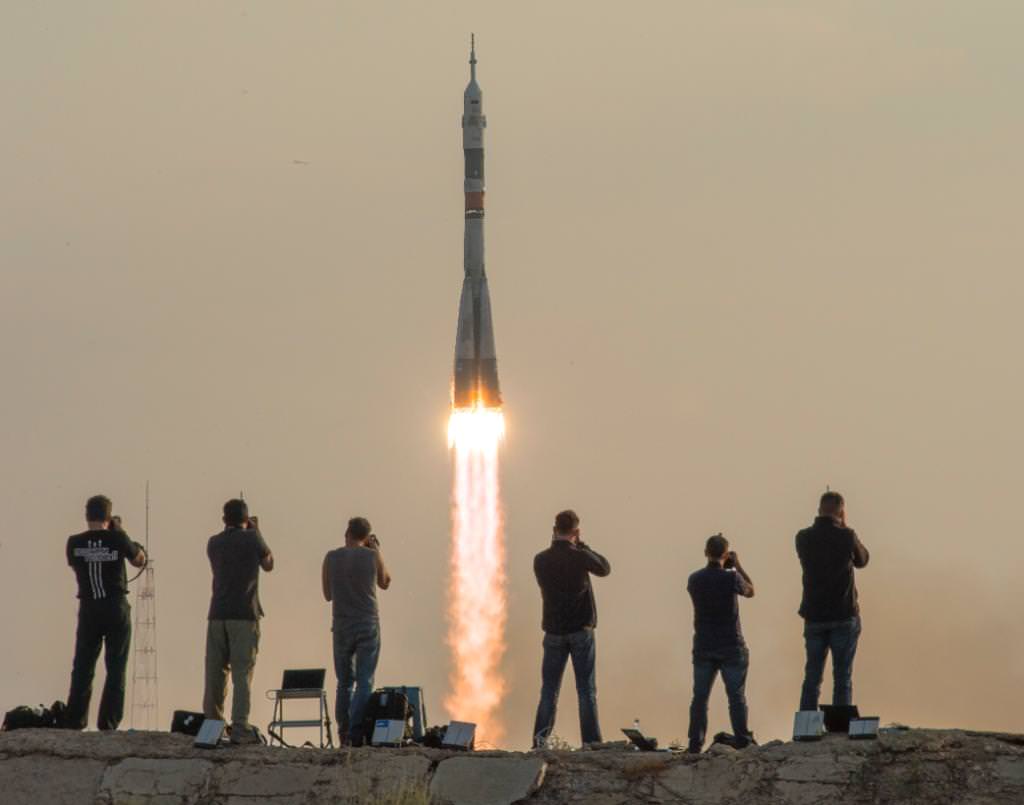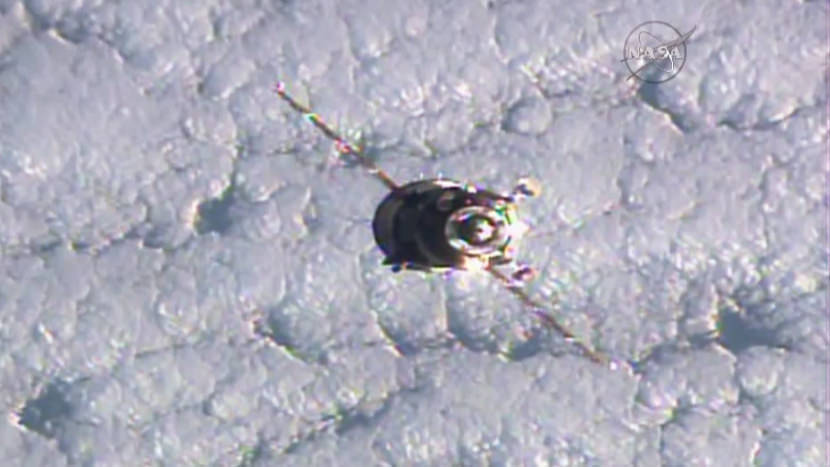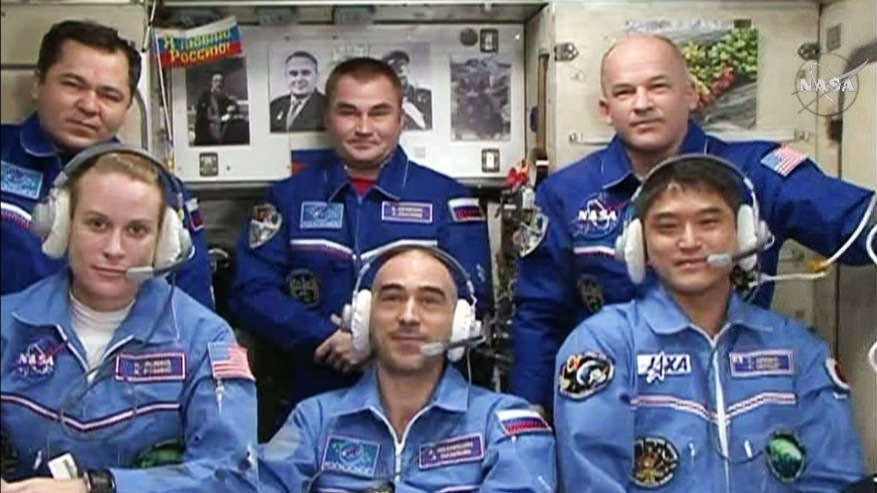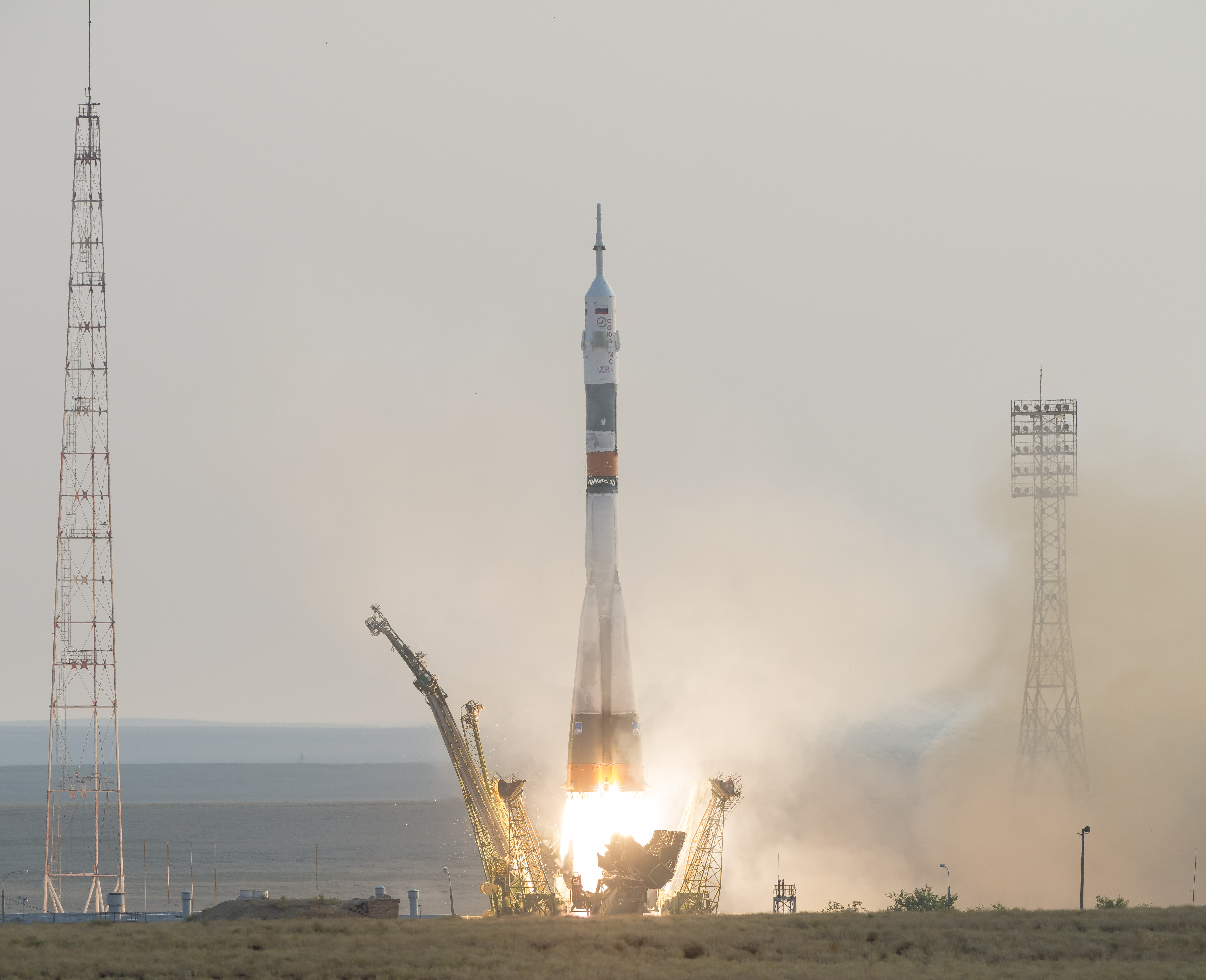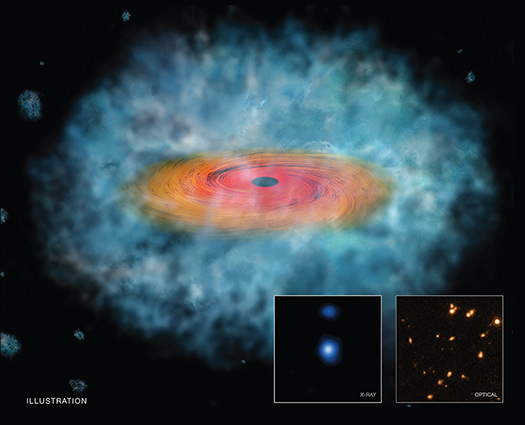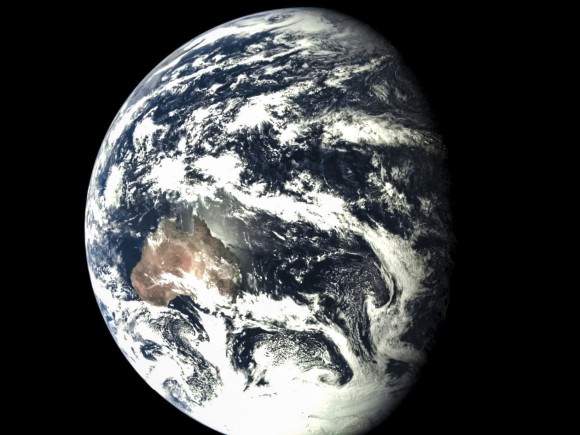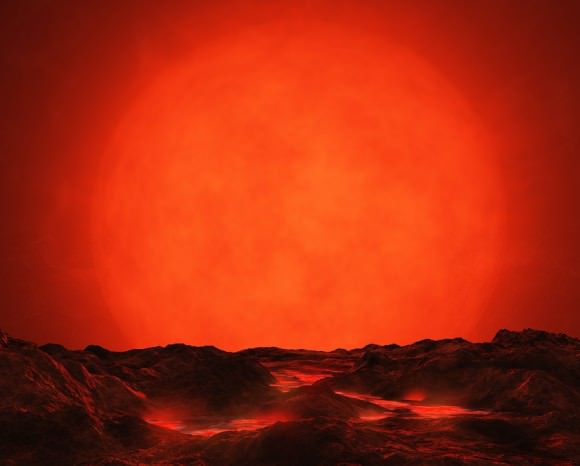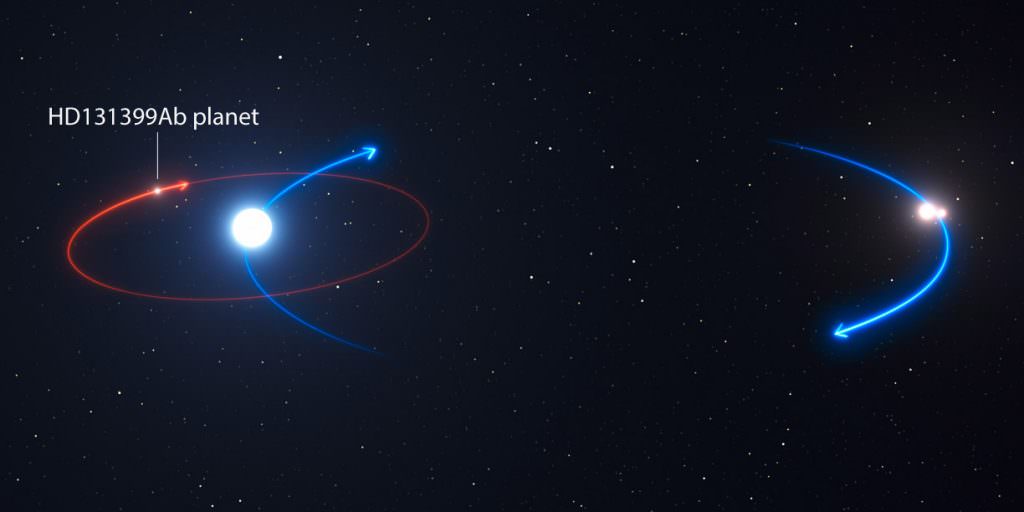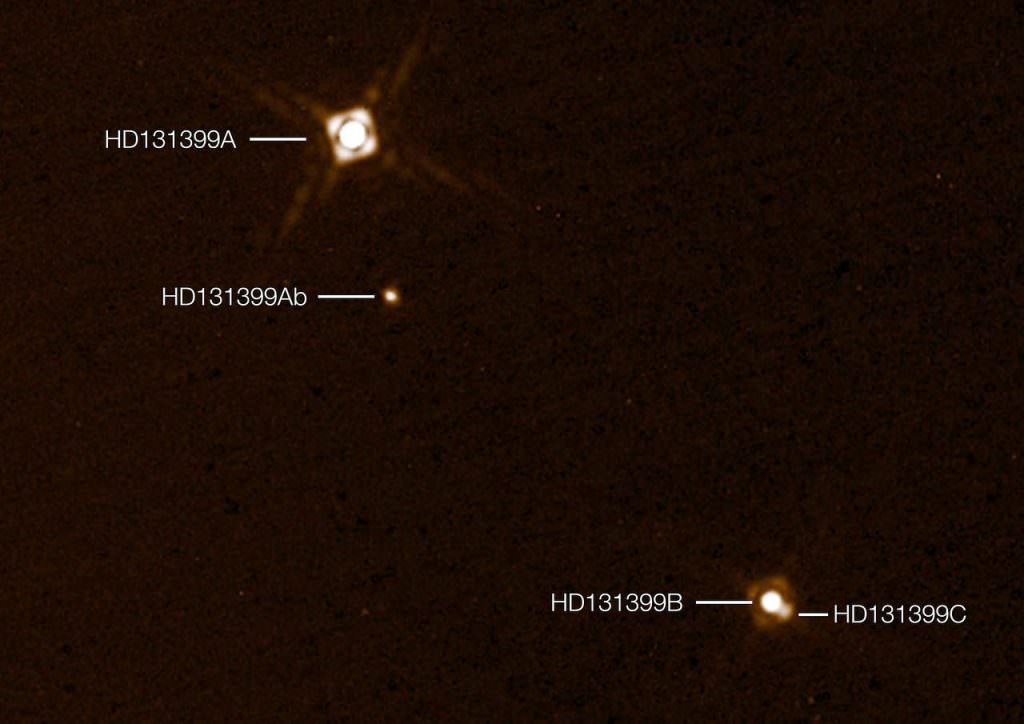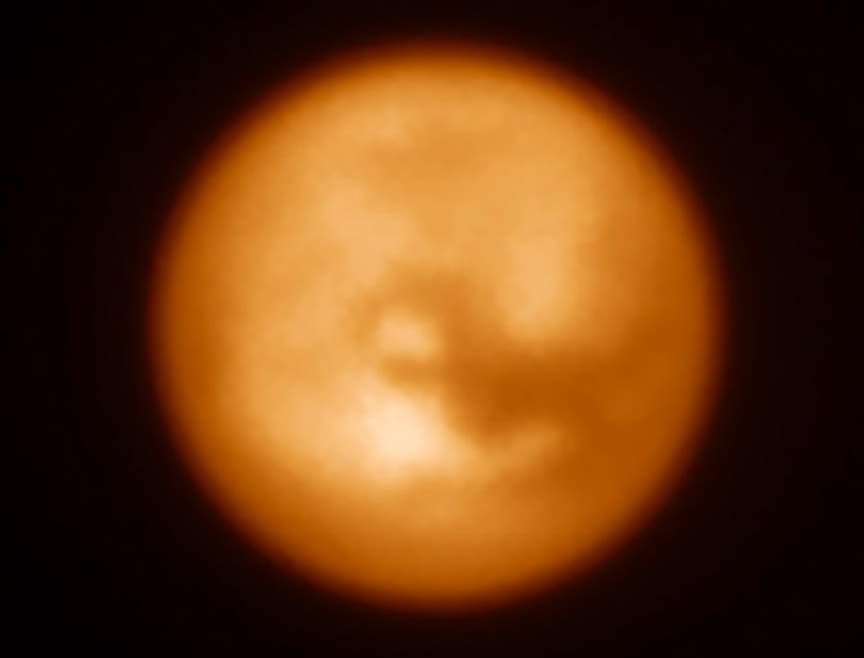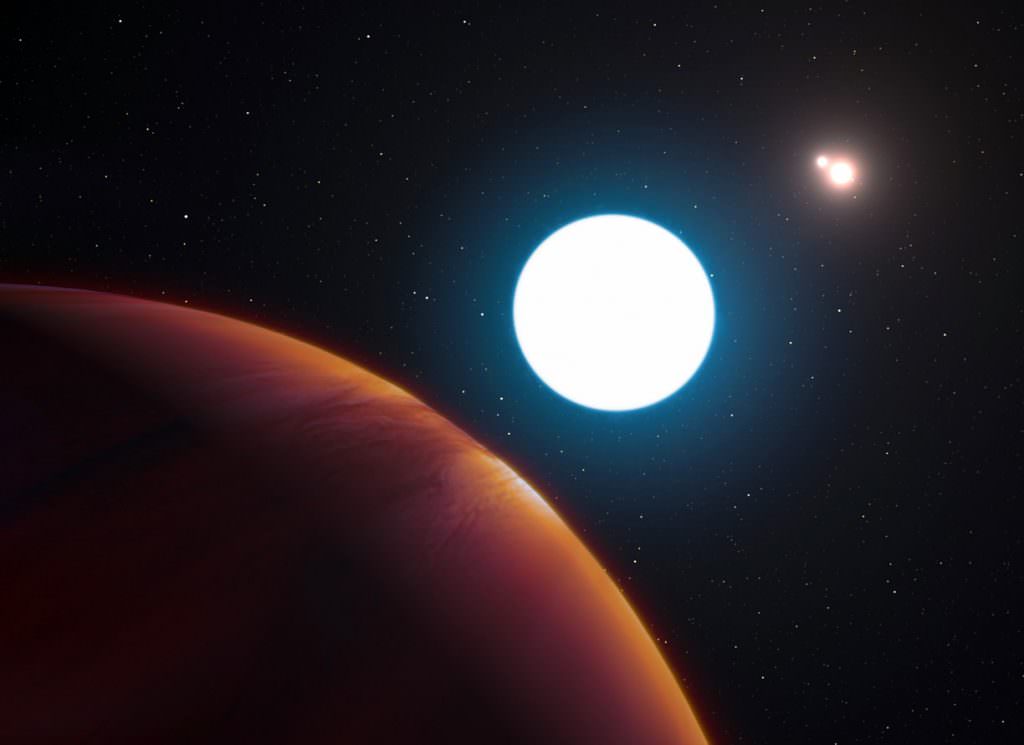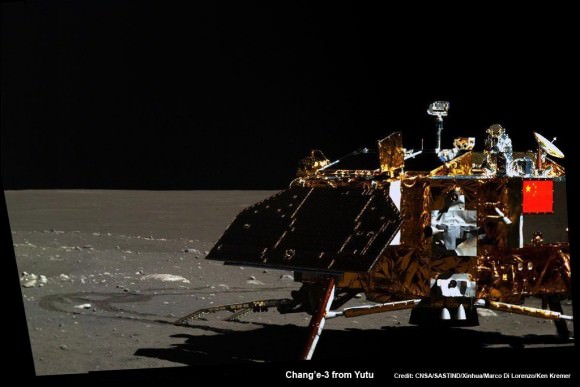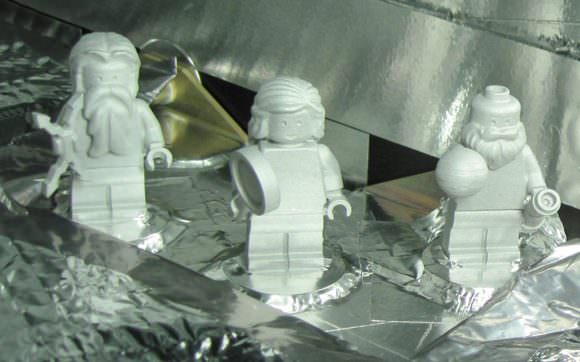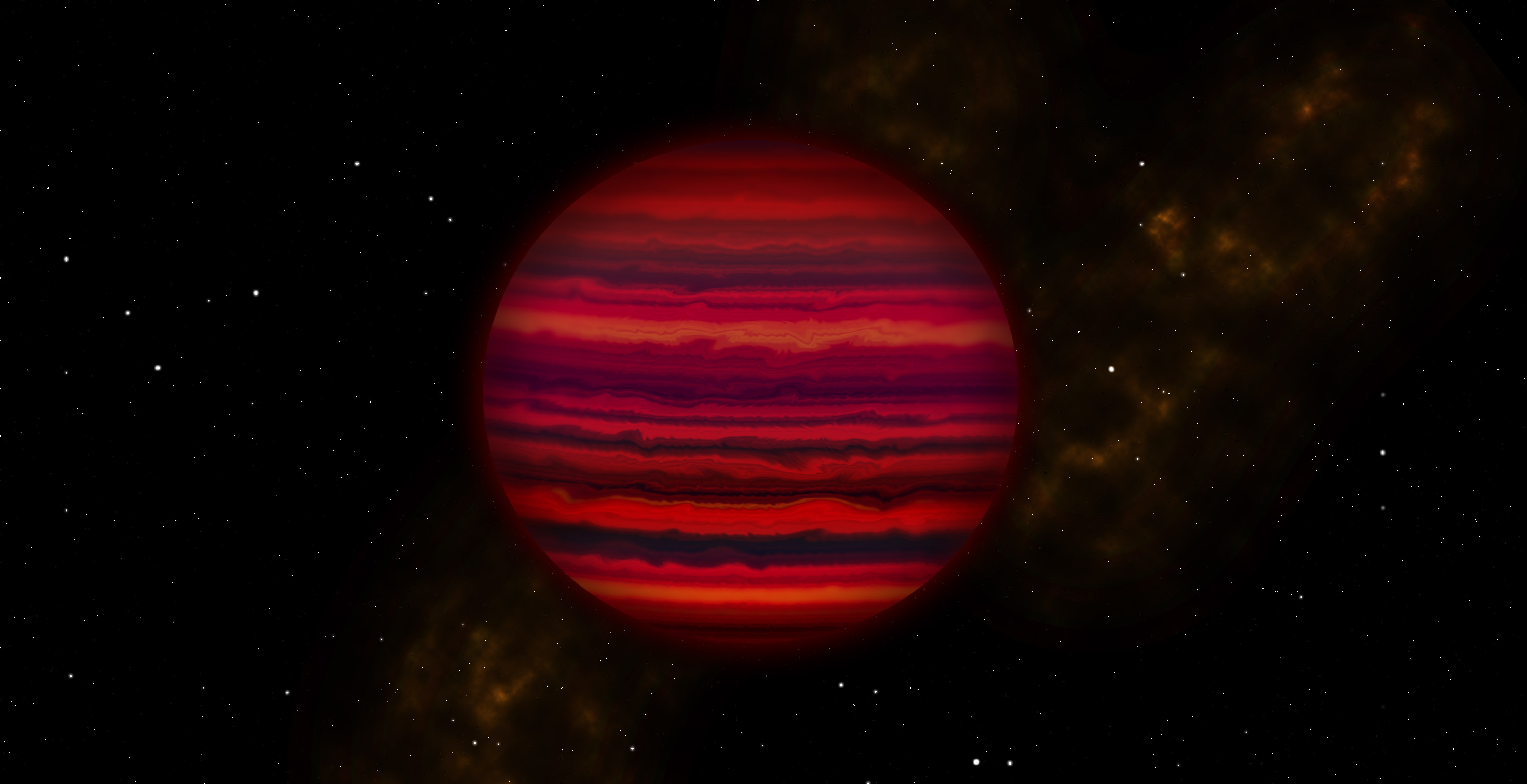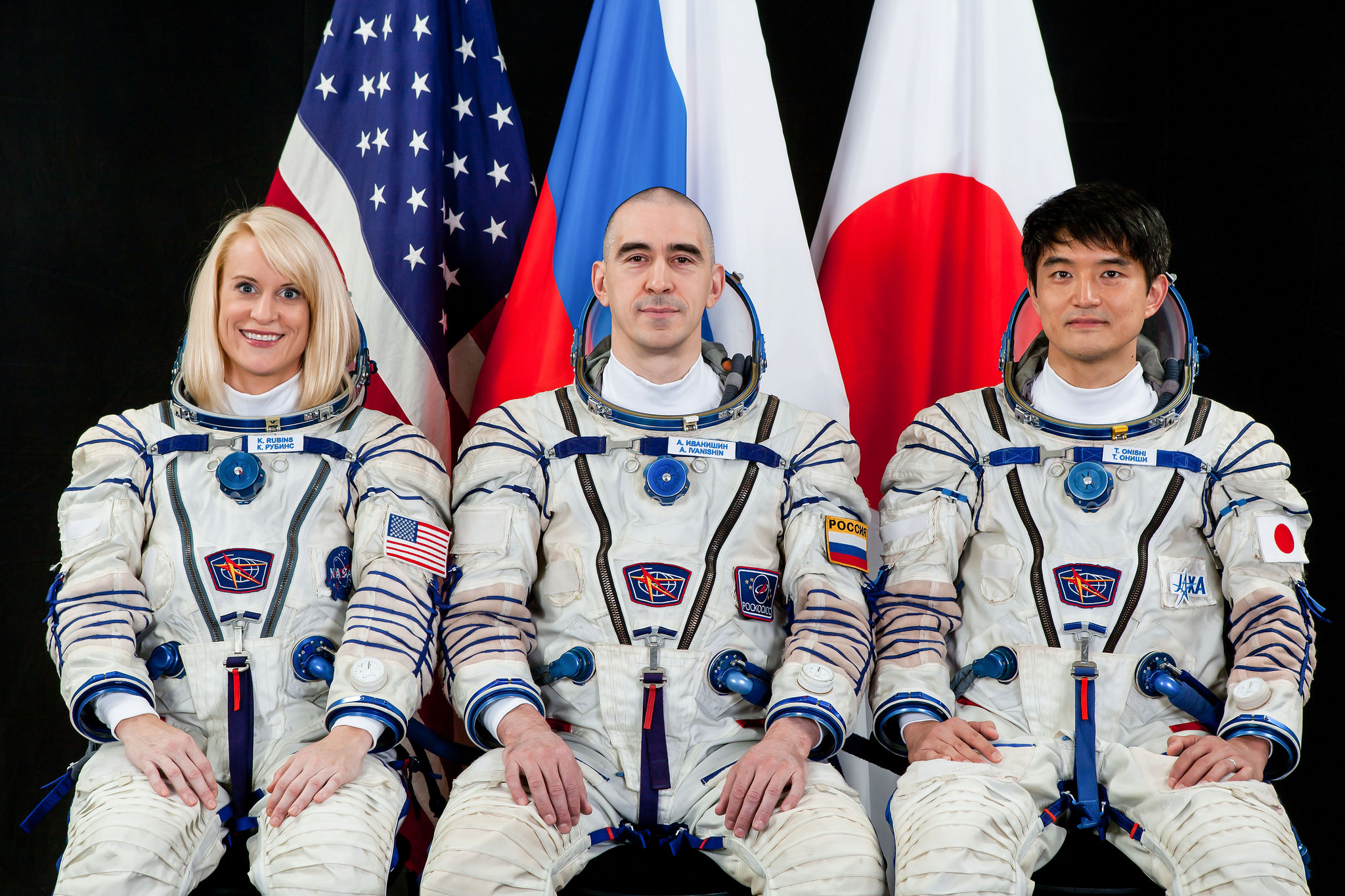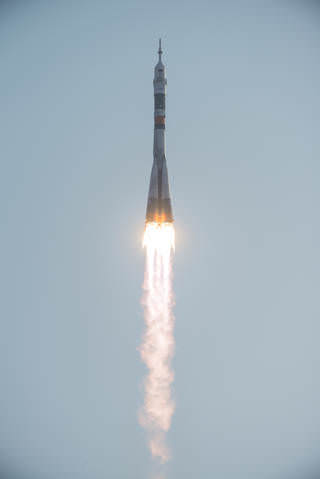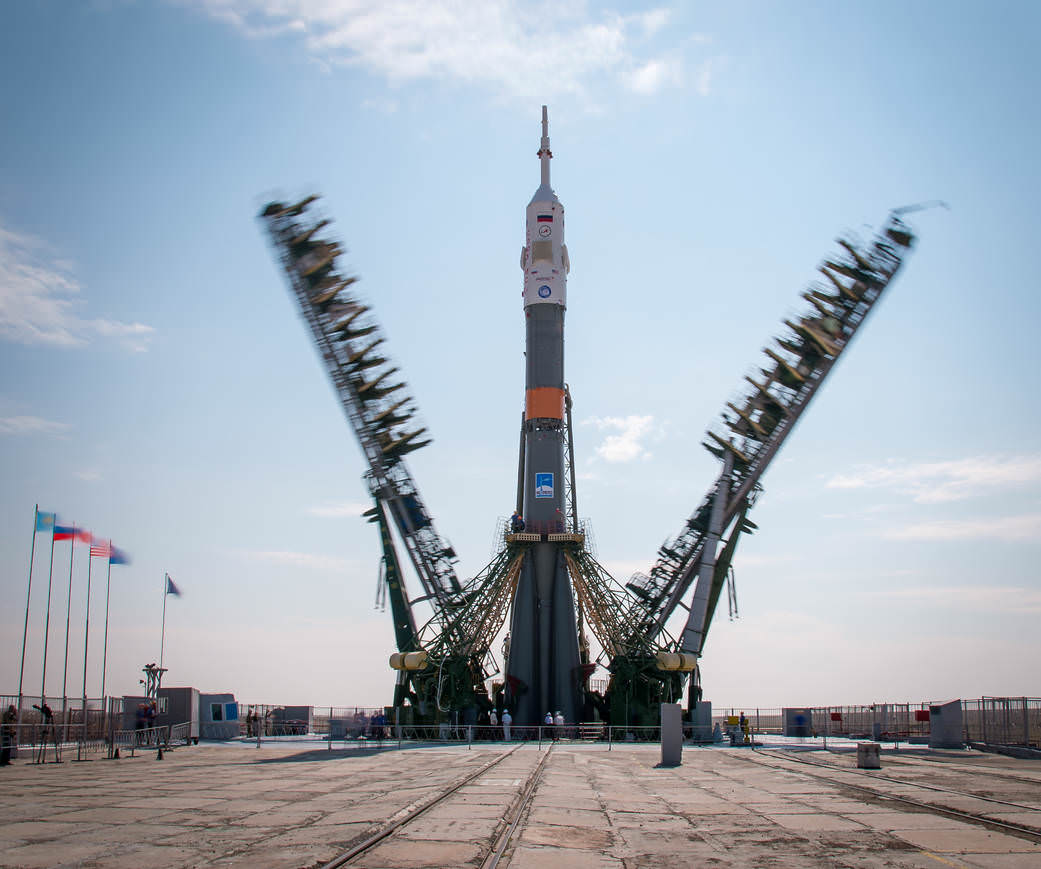Welcome back to Messier Monday! In our ongoing tribute to the great Tammy Plotner, we take a look at the Messier 18 open star cluster. Enjoy!
In the 18th century, while searching the night sky for comets, French astronomer Charles Messier began noticing a series of “nebulous objects” in the night sky. Hoping to ensure that other astronomers did not make the same mistake, he began compiling a list of these objects,. Known to posterity as the Messier Catalog, this list has come to be one of the most important milestones in the research of Deep Sky objects.
One of these objects was Messier 18 (aka. NGC 6613), a relatively dim open star cluster located in the constellation Sagittarius. Located in close proximity to Messier 17 (the Omega Nebula), it is possible that these two clusters formed together.
Description:
Located about 4,900 light years from Earth, and spread over an expanse measuring 17 light-years across, this group of around 20 stars is only about 32 million years old. Its hottest members are spectral type B3, yet you will also see many yellow and orange stars as well. But as already noted, M18 may not be alone in space.
According to research done by R. and C. R. de la Fuente Marcos, M18 may very well be a binary cluster, paired with the open cluster – NGC 6618 – which is harbored inside M17:
“We have shown that binary open clusters appear to constitute a statistically significant sample and that the fraction of possible binary clusters in the Galactic disk is comparable to that in the Magellanic Clouds. The spatial proximity of two almost coeval open clusters, compared to the large distances which typically separate these objects, suggests that both objects were formed together. In starforming complexes, one star cluster might capture another to form a bound state in the presence of a third body or of energy dissipation. This mechanism may also be at work within orbital resonances for non-coeval clusters.”
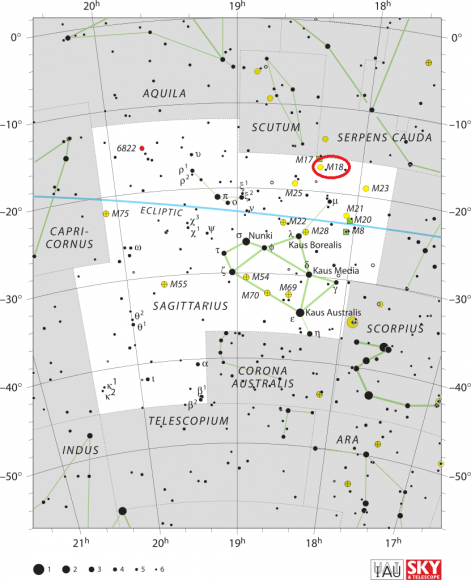
History of Observation:
M18 was one of Charles Messier’s original discoveries, which took place in 1764. As he wrote in his notes upon observing the cluster:
“In the same night [June 3 to 4, 1764], I have discovered a bit below the nebula reported here above, a cluster of small stars, environed in a thin nebulosity; its extension may be 5 minutes of arc: its appearances are less sensible in an ordinary refractor of 3 feet and a half [FL] than that of the two preceding [M16 and M17]: with a modest refractor, this star cluster appears in the form of a nebula; but when employing a good instrument, as I have done, one sees well many of the small stars: after my observations I have determined its position: its right ascension is 271d 34′ 3″, and its declination 17d 13′ 14″ south.”
In this circumstance, we must give Messier great credit considering his observations were performd long before the nature of open clusters and stellar movement were understood. While Messier seems to have spotted some nebulosity around the cluster (which may have belonged to M17), he takes a later historic cut from Smyth:
“A neat double star, in a long and straggling assemblage of stars,below the Polish shield. A 9 and B 11 [mag], both blueish. This cluster was discovered by Messier in 1764, and registered as a mass of small stars appearing like a nebula in a 3 1/2-foot telescope; which affords another instance that the means of that very zealous observer did not quadrate with his diligence.”
What a shame Smyth wasn’t around to later know that M18 could be paired with its nebulous neighbor!
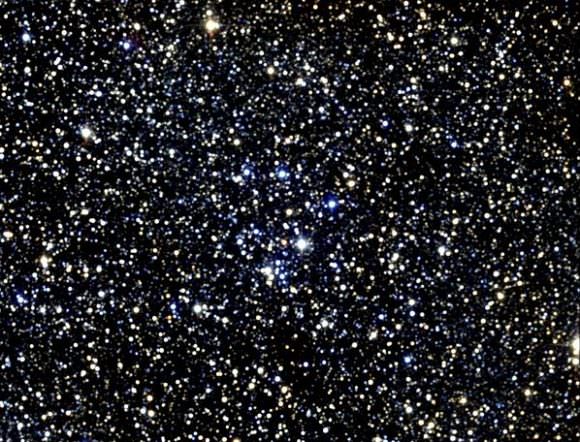
Locating Messier 18:
Because Messier 18 is nothing more than a small collection of stars which are slightly brighter than the background Milky Way stars, it isn’t easy to distinguish it using binoculars or a finderscope if you’ve never seen it before. One of the most sure ways of locating it is to become familiar with Messier 17 and simply aim a couple of degrees (about a field of view) south.
While it won’t strike you as a grand object, you will notice that the stars are compressed in this area and that there are several dozen of them which appear brighter than the rest. In a telescope, use your lowest magnification. Since this is a very well spread cluster, it is easily resolved in even modest instruments.
And here are the quick facts on M18 to get you started:
Object Name: Messier 18
Alternative Designations: M18, NGC 6613
Object Type: Open Star Cluster
Constellation: Sagittarius
Right Ascension: 18 : 19.9 (h:m)
Declination: -17 : 08 (deg:m)
Distance: 4.9 (kly)
Visual Brightness: 7.5 (mag)
Apparent Dimension: 9.0 (arc min)
We have written many interesting articles about Messier Objects here at Universe Today. Here’s Tammy Plotner’s Introduction to the Messier Objects, , M1 – The Crab Nebula, M8 – The Lagoon Nebula, and David Dickison’s articles on the 2013 and 2014 Messier Marathons.
Be to sure to check out our complete Messier Catalog. And for more information, check out the SEDS Messier Database.

